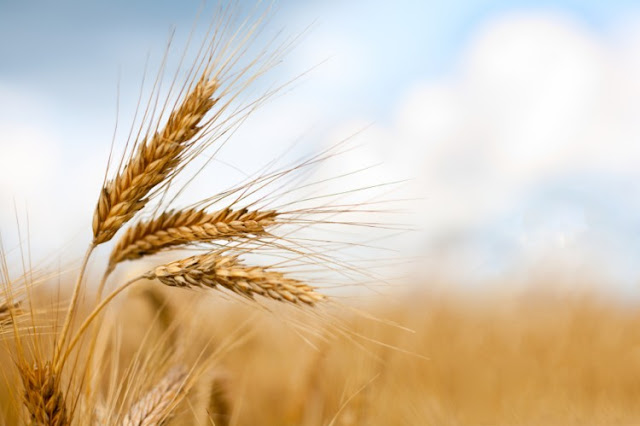Wednesday, November 27, 2019
Why We Grow What We Grow
Chris Kresser recently appeared as a guest on the Joe Rogan Experience to discuss and challenge the credibility of the recent film, The Game Changers. During this interview, Kresser had made the statement that staple crops like corn and soy are actually nutrient poor, and that perhaps we should be moving away from our current model of industrial agriculture and focusing on a system that provided more nutrient dense foods.
We can debate the sustainability of different agricultural systems at a different time. For now I just want to discuss his claims regarding the nutritional content of our staple crops. I actually shared this sentiment about our staple crops before I created the Nutrient Density Cheat Sheet, a nutrition ranking tool that uses minimally biased metrics to score and compare over 500 different common foods. After my work on that project was done, it was absolutely clear to me why we choose the staple crops that we choose. It's because they're fucking badass, and for no other reason. It is absolutely insane just how nutrient dense these foods are before we process and refine them.
According to Wikipedia, the most popular grain crops in the world are: corn, rice, wheat, and soy. Kresser claims that these foods are nutrient poor and don't make a very meaningful contribution to the diet. So, what does Kresser recommend instead? When answering this question, Kresser often references the work of Mat Lalonde, and has used Mat's work to defend organ meats, herbs and spices, nuts and seeds, and cocoa as being among the most nutrient dense foods available. But, is this actually true? Are these foods actually the most nutrient dense options we can find? It depends on how we look at it.
Let's break it down. Firstly, Mat's scale only considers essential nutrition per 100g of food, and does not include essential amino acids or essential fatty acids. The scale also does not adjust for bioavailability, nutrient absorption capacity, or nutrient conversion inefficiencies. Needless to say, it is very incomplete. However, as it turns out, my scale does take those things into consideration, or at least it tries to approximate those things based on the best available literature. The Cheat Sheet also includes essential amino acids and essential fatty acids. Lastly, it considers the nutrient density per serving, because serving size better reflects how we interact with different foods. Here are the results when we use my scale to compare our staple crops to Kresser's top picks:
When considered in their whole food state, our staple crops are actually incredibly nutrient dense per serving and can likely contribute a great deal to our diet. Some of Kresser's picks are great, and others are not so good when considering nutrient density per serving. Because he cited food categories instead of individual foods, I was generous and actually took the best food from within each category he listed instead of taking an average. That way we're only looking at the champions of each group.
As we can see, organs are incredibly nutrient dense and can make an incredible addition to the diet. I've written about that before. Herbs and spices are actually pretty nutrient poor per serving, coming in dead last out of everything on the list. They're really not anything to write home about. Nuts and seeds are great, but actually not as good as wheat or soy. Cocoa isn't that great by comparison, either. Keep in mind that I'm considering our staple crops in the cooked state, as well. These numbers aren't confounded by things like dehydration. If we take an average of the total nutrition of each group, we see that our staple crops have an average score of 66, whereas Kresser's picks have an average score of 50.
I guess the take-home message is, don't make claims before you're in full possession of the relevant facts. While it actually is true that Kresser's top selection of nutrient dense foods actually ranks higher when we consider nutrition per 100g, it is also true that nobody actually eats 100g of dried clove. Virtually nobody eats 100g of nuts or cocoa either. When we consider these foods as people typically consume them, it's obvious why we choose the staple crops that we choose. Provided we're considering these foods in their whole state, they're awesome.
PS. If you like what you've read and want me to continue writing, consider supporting me on Patreon. Every little bit helps! Thank you for reading!
Subscribe to:
Posts (Atom)


